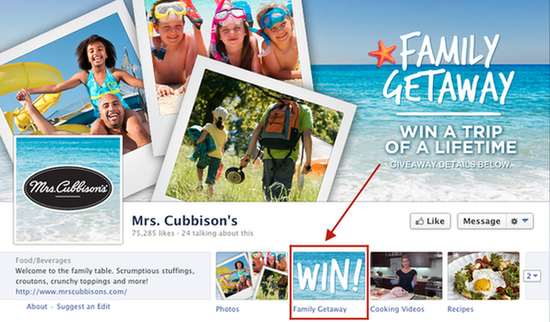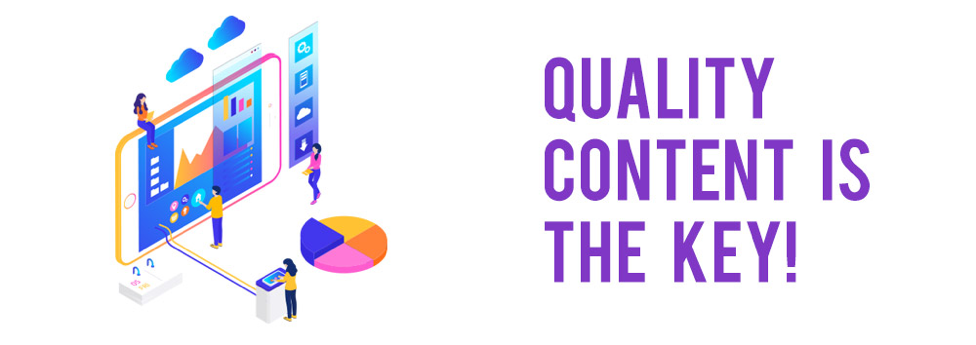
Facebook continues to be the reigning champ of social media sites, as the #1 spot where friends connect and share online. More than just a meeting place for friends, Facebook has grown into a venue for businesses to market themselves through interaction with customers and self-promotion.
In this post we will be looking at seven ways you can use Facebook for marketing.
Whether you’re a big corporation or a small local biz, Facebook is a powerful marketing tool – it’s a great space to keep customers informed, develop brand identity, and broaden your reach.
1. Making the Most of Your Facebook Business Page
A Facebook page is a great free marketing tool for businesses. These pages let businesses identify themselves – not just through listing product offerings and services, but also by sharing links, images, and posts on a customizable page to give a better sense of a business’s personality and character.

Your Facebook business page is a great spot to develop your brand identity and show your human side. Facebook is where you can loosen the tie a bit – don’t be afraid to be funny.
Ultimately you should consider what your key audience would want to see. Share social media images, links, videos, anything, as long as it is connected to your business and it seems like something your target audience would enjoy.
In addition to hilarious videos of dogs walking in tiny shoes, a store specializing in footwear might also post an article about how to measure your foot size accurately, what kind of shoe inserts are best for different sore feet woes, etc. A nice mix of humor, educational resources, and posts about your store updates is ideal.
Get more help improving your online ad campaigns with our FREE All-Star Playbook to Online Advertising
2. Facebook Advertising: Classic Ads
Facebook offers its own form of advertising with Facebook ads, which appear in the side columns of the Facebook site. These classic ads are referred to more specifically as Marketplace Ads. They include a headline with copy, an image, and a click-through link to either a Facebook page, a Facebook app, or an outside website.

Implementing Facebook advertising into your Facebook marketing strategy is one possible technique for increasing likes or driving website clicks.
Facebook advertising features include:
- Demographic targeting by Facebook user data on age, location, education, and interests.
- The ability to set ad budgets.
- Ad testing, in which multiple ad versions can be run simultaneously in order to compare ad designs and setup.
- Built-in ad performance measurement tools.
Facebook doesn’t release information about their ad CTRs, so it’s difficult to know how successful Facebook ads really are. In our Facebook Ads vs Google Display Ads Infographic, we found that Facebook ads generally have a CTR of 0.051%, and an average CPC of $0.80; however, a business’s Facebook advertising cost can vary a lot depending on the targeting options set and competition.
Using Facebook advertising to increase your “Likes” can be very beneficial – once a user likes your page, they essentially become followers of your business page, and your posts will appear on their Facebook news feed.
This results in more users interacting with you and your brand, forming relationships that may end up translating to conversions in the future.
RELATED: 45 Fabulous Facebook Advertising Tips
3. Hosting Facebook Contests
Running Facebook contests, sweepstakes, or promotions is another Facebook marketing tactic that can increase fans and brand awareness.
When conducting a Facebook contest, be aware that contests can’t be hosted through Facebook itself (meaning you can’t ask for likes as entries, have people write answers in the comments, etc.) Businesses must use a third-party app for creating their Facebook contest, then direct users to the app from their Facebook page.

There are plenty of paid tools to help you do this, as well as some free ones. Shortstack offers a number of free contest templates, so long as your page has under 2,000 likes. Pagemodo also has a free option. Many third-party Facebook contest apps offer free versions, but your options with them are limited.
source: here




